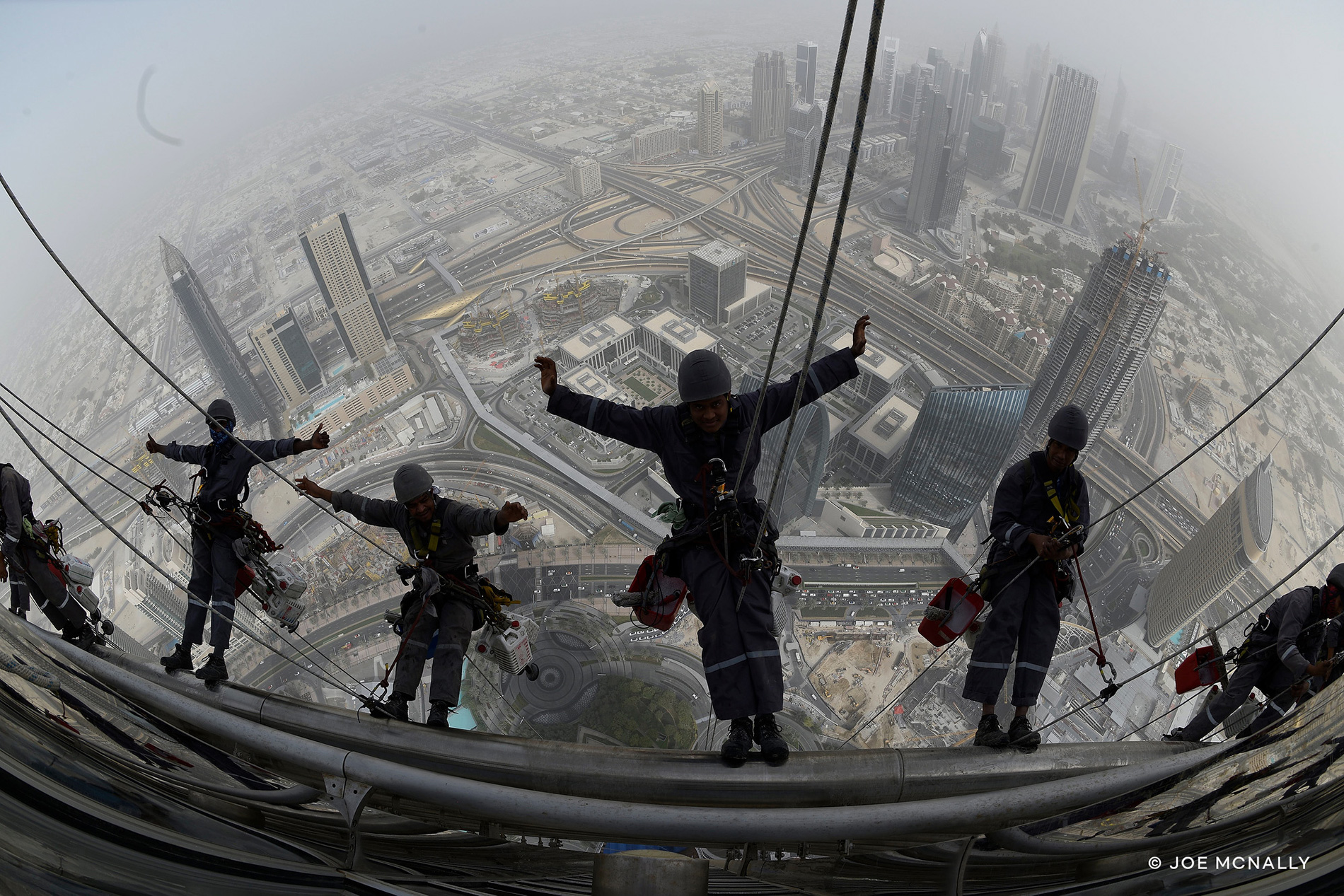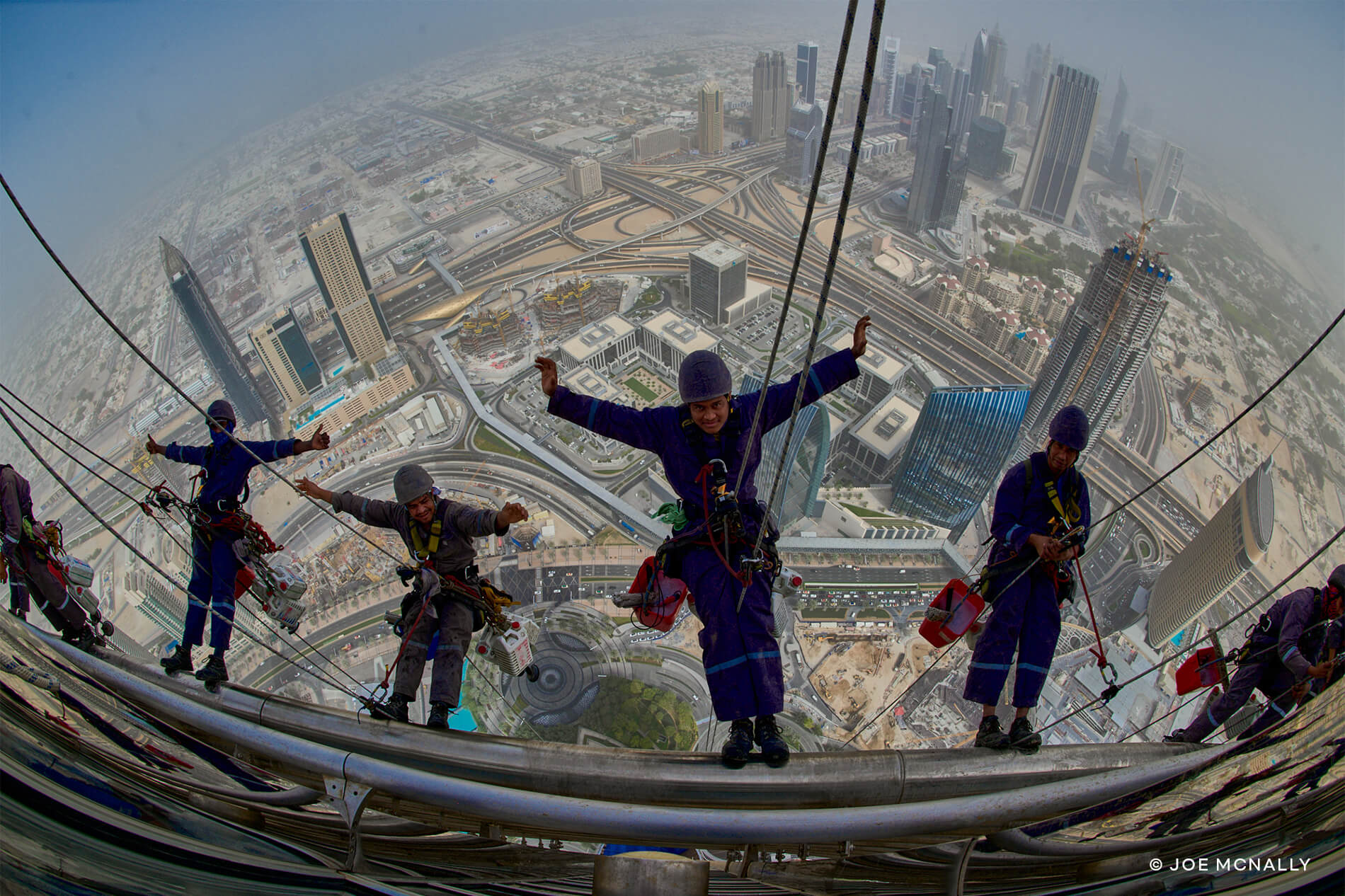How do you accurately capture real-life color in a 2D photo? We open up the doors to our development lab and let you in on the secret of Capture One’s hand-calibrated camera profiles.
Want to create your best possible photo? It takes more than powerful editing tools to make an amazing image come to life. Like an artist needs a beautiful blank canvas, it’s also important to have the best possible starting point for your editing.
That’s where our camera profiles and true-to-life color processing come in. When we say your camera is supported in Capture One, we don’t just mean that you can edit files from that camera in our photo editing software.
We mean that we’ve calibrated the colors from your camera by hand, so that when your photo is imported into Capture One, your colors and details look as authentic as possible, just like when you captured it. That’s when you’re free to unleash your creativity and keep your photo true-to-life – or go crazy with our tools to create something totally new.
As brands continue to release cutting-edge cameras, like the Sony Alpha 1 or Fujifilm GFX 100, it becomes even more important to act fast and make sure that our color processing can match the power and precision of your hardware.
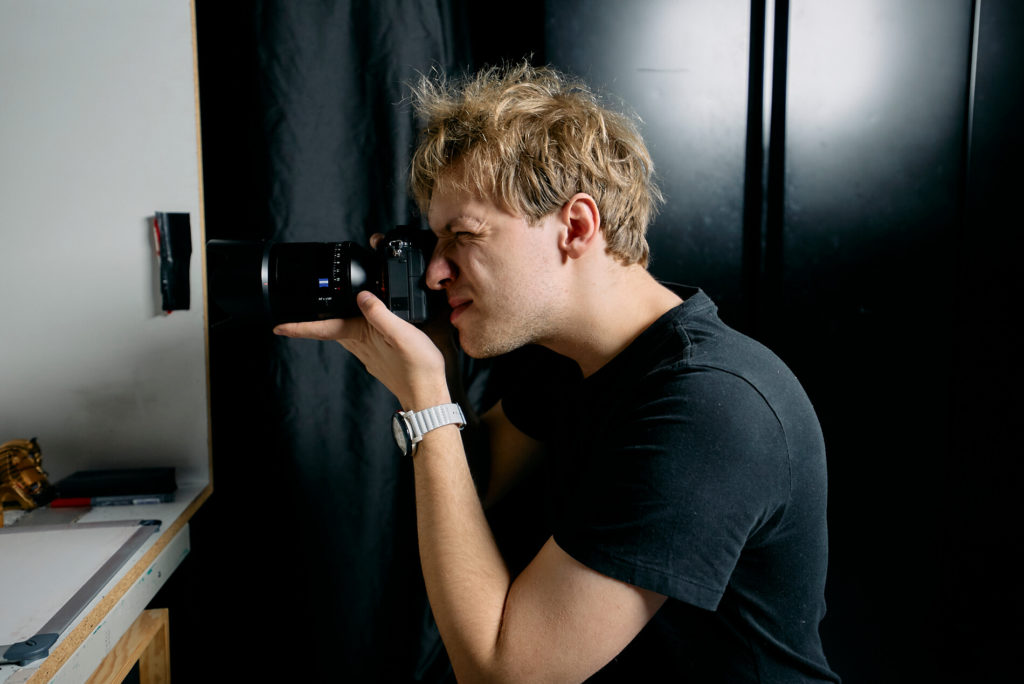
But what goes into creating a camera profile – and how can you replicate real-life color in a 2D photo? In this blog, we’ll let you into our development lab and introduce you to our very own color professor, Niels Knudsen, who plays a big role in developing Capture One’s unique camera profiles.
Can a camera truly capture color?
“There’s often a misunderstanding that it is very simple to profile a camera,” says the Color Professor, “You simply take a picture of a color chart, analyze it with some technology and voila – the colors show up accurately in your software just like they did in real life.”
But this wouldn’t account for the fact that a camera lens has limited capabilities compared to the color that the human eye can see.
Knudsen encourages you to think about the shadows and light constantly shifting around you – and how it changes your perception of colour. Your eye can see the highlights and shadows simultaneously – but a camera lens has to compress what it sees.
As technology advances, cameras have gotten better and better at capturing the variety and gradients of real-life colors – but there are still limitations.
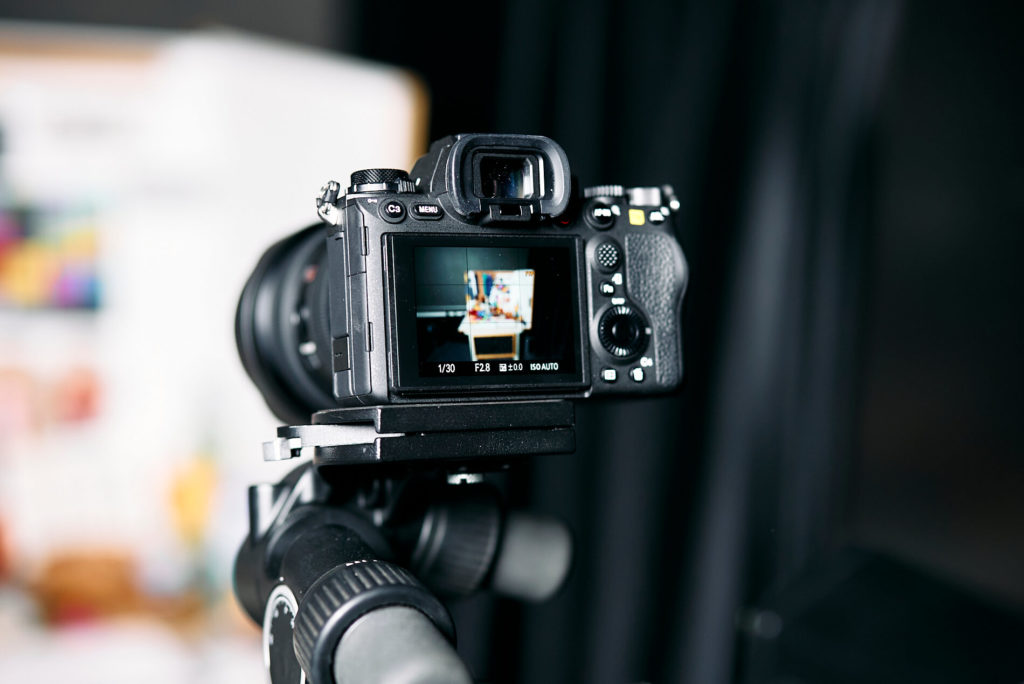
For one, different cameras capture and render colors in different ways – so rather than take a one-size-fits-all-approach, Capture One creates tailored profiles for each model and brand.
“Different sensors see colors differently, so simply relying on automation to tune those colors would not live up to our sky-high demands for the best color quality.” says Knudsen.
Another limitation is the way that compressing color into a 2D image will affect the quality of the photo. To achieve the highest-quality image processing, colors and the dynamic range of a photo must be compressed in a way that convinces the human eye.
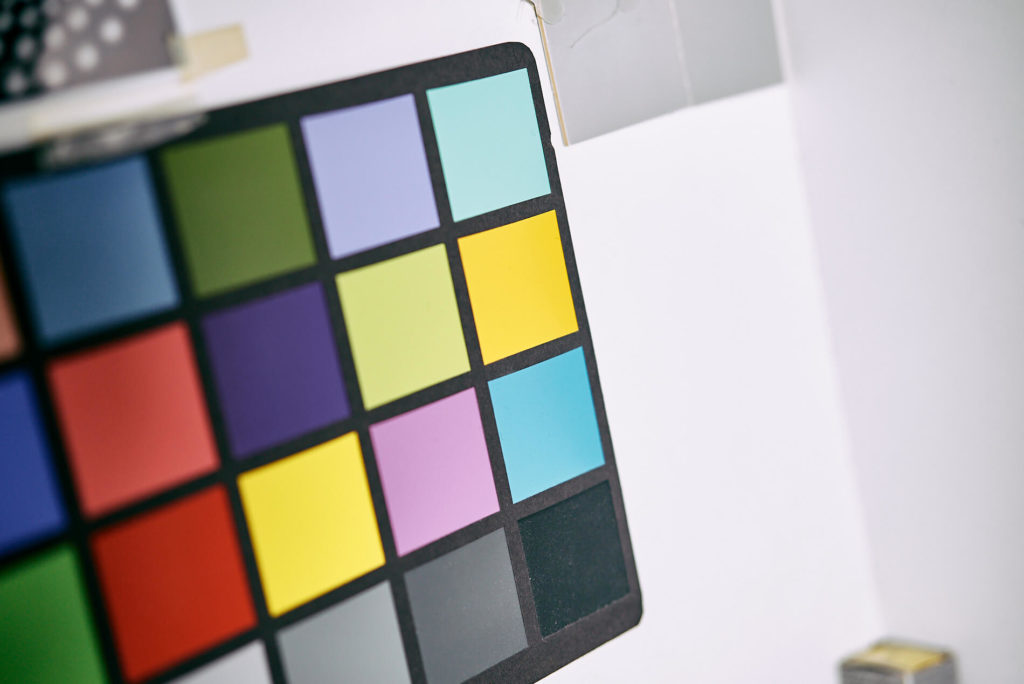
Calibrating colors by hand
That’s where the human eye comes in to the development process – what we at Capture One call “hand-calibration.”
“That’s why we need manual tuning – calibrating the colors by hand using the human eye – to ensure that our software accounts for each camera’s unique sensor and achieves a faithful color reproduction that looks as pleasing as possible.” says Knudsen.
“It’s a balance between what a computer can do for you and what the human touch can do for you,” adds Christian Grüner, who works in the development team. “It’s about having human eyes and a human interpretation of our images, rather than a machine capturing a machine.”
For Grüner and his team, this approach allows them to inspect all the different facets of a particular camera and the kinds of images it can render, to make every nuance of color as accurate as possible. When it comes to developing the camera profiles, the development team is constantly striving for an elegant compromise between what is accurate and what is beautiful to the human eye.
This precise, manual process is especially crucial when it comes to skin tones – which are not one single color, but made up of different pigments. Humans have evolved to be sensitive to even the slightest shifts in skin tone – a faint green or flush helped us identify if a member of the group is ill. That’s why it’s critical to get tones exactly right by manually calibrating the colors involved, to ensure that subjects look their best and most realistic.

Always innovating color
In 2020, Capture One introduced a new generation of hand-calibrated camera profiles for the newest cameras on the market – the ProStandard Profile. These contain “hue-preserving” technology to ensure even the faintest hues and skin tones are rendered faithfully and protected from changes caused by contrast that appears on the image.
It’s the next step in Capture One’s legacy of calibrating accurate camera profiles by hand, a 25-year process that is continually being perfected.




